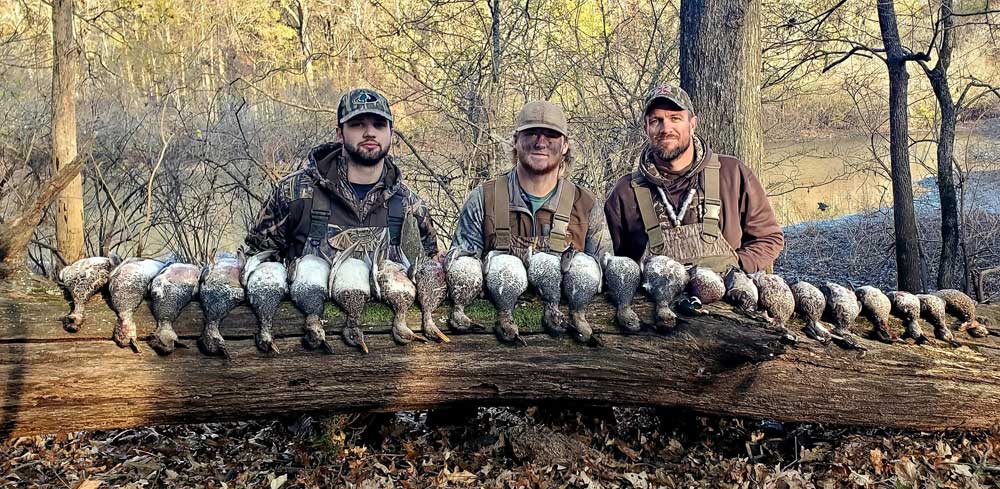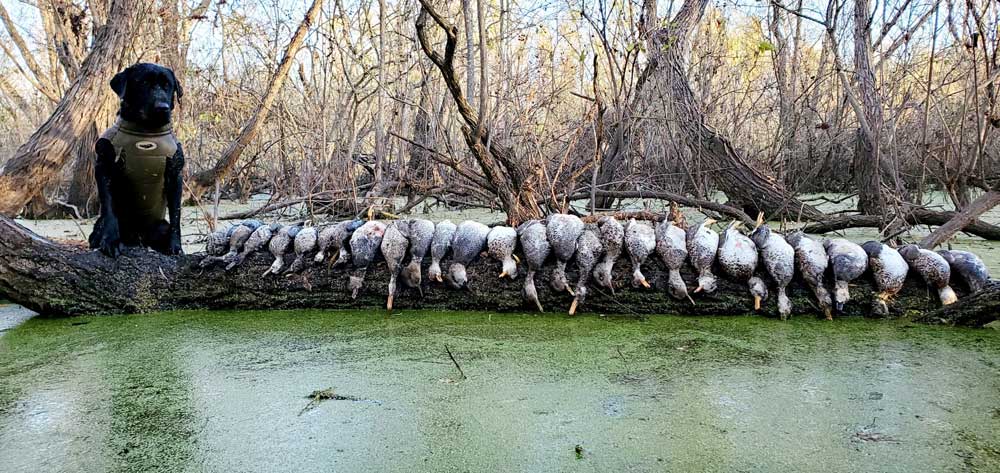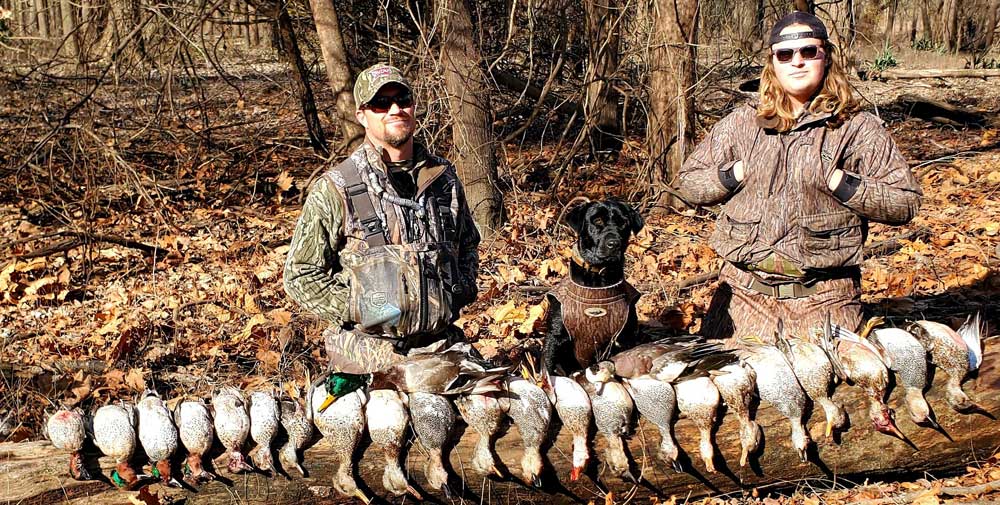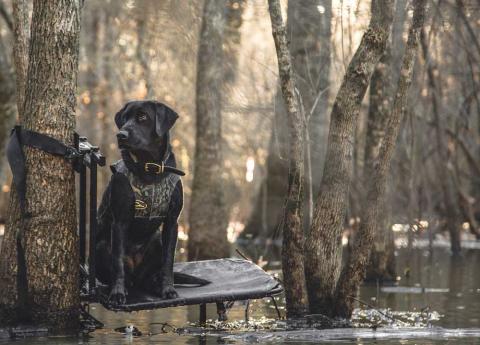Shane Smith

I don’t know many waterfowlers that wake up every day hoping to fill a strap full of big ol’ fat Gadwalls. But, by the end of the day they are wishing for a few more birds to finish out their limit. I have seen many times that the Gadwall has saved my day or in some cases, my season.
In my part of the world, Gadwalls are referred to as Gray Ducks, Gray Mallards or Jags. They are not a bright and vibrantly coloreds duck like a wood duck or green winged teal. But these birds are very handsome in their own way. They fill the void between smaller ducks such as teal, woodies and buffleheads. Yet, they are not a big duck like a Mallard, Pintail or Canvasback.
According to Ducks Unlimited, the Gadwall is the third most harvested duck in North America. So, let’s dive into the nuts and bolts of how to kill more Gadwalls this year.
Motion - Gray Ducks absolutely love wing and water motion. If you are hunting areas that spinners are not allowed, deploy a jerk string. But I like to use multiple spinners, Wonderducks and Higdon Pulsators. Keep the ripples going and spinners on and that usually gets the best results. But, by late December, these birds may shy away from spinners. So be ready to adapt and overcome.

Decoys - Do you need a ton of Gadwall decoys? Quick answer is NO. I do, however, like to have the majority of my dekes as Gadwall/Wigeon combination with Mallards and Woodies out there as well. It gives my spread some color and a very natural appearance. It only makes sense to use the species that you are targeting as your primary decoy in your spread if possible.
Where To Go - Gadwalls love to feed on grass. Plants such as duckweed, coontail, smart weed and hydrilla are always great places to find gadwall. Areas like rice fields, dry feeds and flooded timber are not your best bet for targeting grays. Cypress sloughs, beaver ponds and shallow breaks are often hotspots for migrating gadwalls.
Calling - I prefer to cut my calling back to soft contented quacks or softer barks similar to a drake gadwall. I do have some buddies that swear by manufactured Gadwall calls. If it works for you, by all means do what works.
They are NOT Mallards - Gadwalls may fall from the heavens with no hesitation whatsoever on one flock. Then the next 4 bunches will circle 10 times and simply check out. They don’t usually abide by the 3 circle rule of mallards. Gadwalls will notoriously circle wide and close and wide and close. Don’t think you have a decoy problem or calling issue. It is simply the nature of the birds.
Don’t Hope for Bands - According to the USGS from 1960-2021 there have been 789 Gadwall bands reported in Arkansas and 1,175 reported in Texas. When compared to Woodies, it’s Arkansas with 9,535 and Texas with 6,755. We usually see 200-400 Gadwalls killed each year on the hunts I go on and have only personally killed one banded. It is very rare to see a married Gadwall sporting a ring. I guess they have commitment issues!

Shot/Load Recommendations - I prefer to shoot 3-inch shells in shot sizes that range from #4, #3 and #2. If I am hunting a smaller cypress brake or willow slough when shots will be right and tight at less than 30 yards, I will even opt for #6. I don’t like the larger shot sizes for Gadwalls. They are a mid-sized bird usually weighing 2 pounds or so and don’t really justify #1 or BBs, in my opinion.
Keep your eyes and ears open to the possibilities of filling your strap and freezer with some Gadwalls this fall. They are a fun bird to work into the blocks and are very fine table fare as well. Gadwalls are found in all four of the flyways, but are most prevalent in the Central and Mississippi flyway.




























